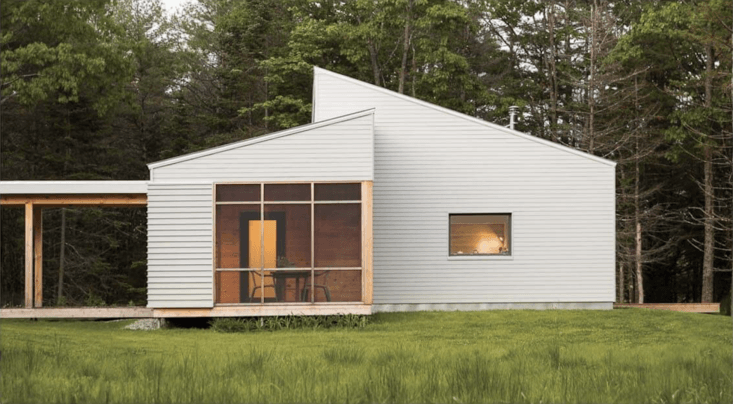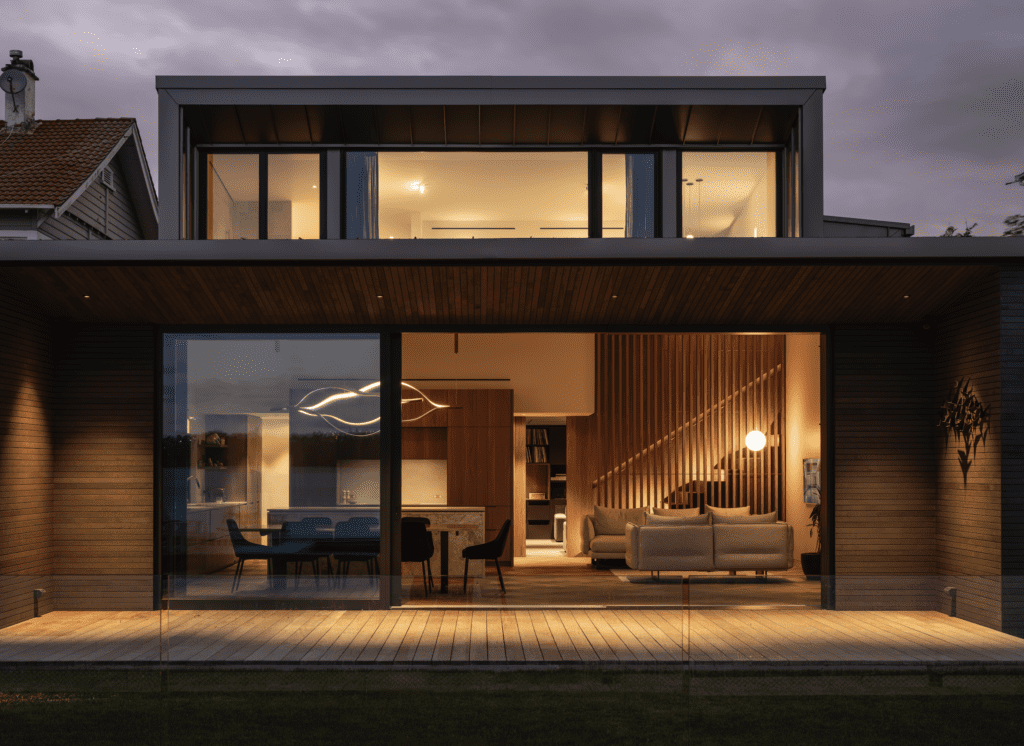Are you interested in creating a sustainable and energy-efficient home? If so, then you might want to consider the concept of passive house design. This guide will provide a comprehensive introduction to this innovative approach to home building.
Passive house design is a unique approach to building homes that are highly energy-efficient, comfortable, and affordable. The principles of this design strategy can be applied to any type of building, not just residential homes. For more information on what constitutes a passive house, check out this detailed explanation.
Understanding the Basics of Passive House Design
The primary goal of passive house design is to reduce the energy consumption of a building by optimizing its design and construction. This involves a variety of strategies such as proper insulation, air-tight construction, and the use of high-performance windows and doors. For more specific techniques, you might want to read our article on passive house air sealing techniques.
Benefits of Passive House Design
There are numerous benefits to implementing passive house design principles in your home. These include significant energy savings, improved indoor air quality, and increased comfort due to consistent indoor temperatures. Moreover, passive houses are environmentally friendly, contributing to the reduction of greenhouse gas emissions.
Getting Started with Your Passive House Project
Starting your passive house project may seem daunting at first, but with the right resources and guidance, it can be a rewarding experience. One way to kickstart your journey is to start with a solar-powered cam to monitor your project’s progress. Furthermore, you can also start your passive journey by investing in portable solar generators for your energy needs.
Remember, creating a passive house is a long-term investment in your future and the environment. With careful planning and execution, you can create a home that is not only comfortable and efficient but also sustainable and resilient.






